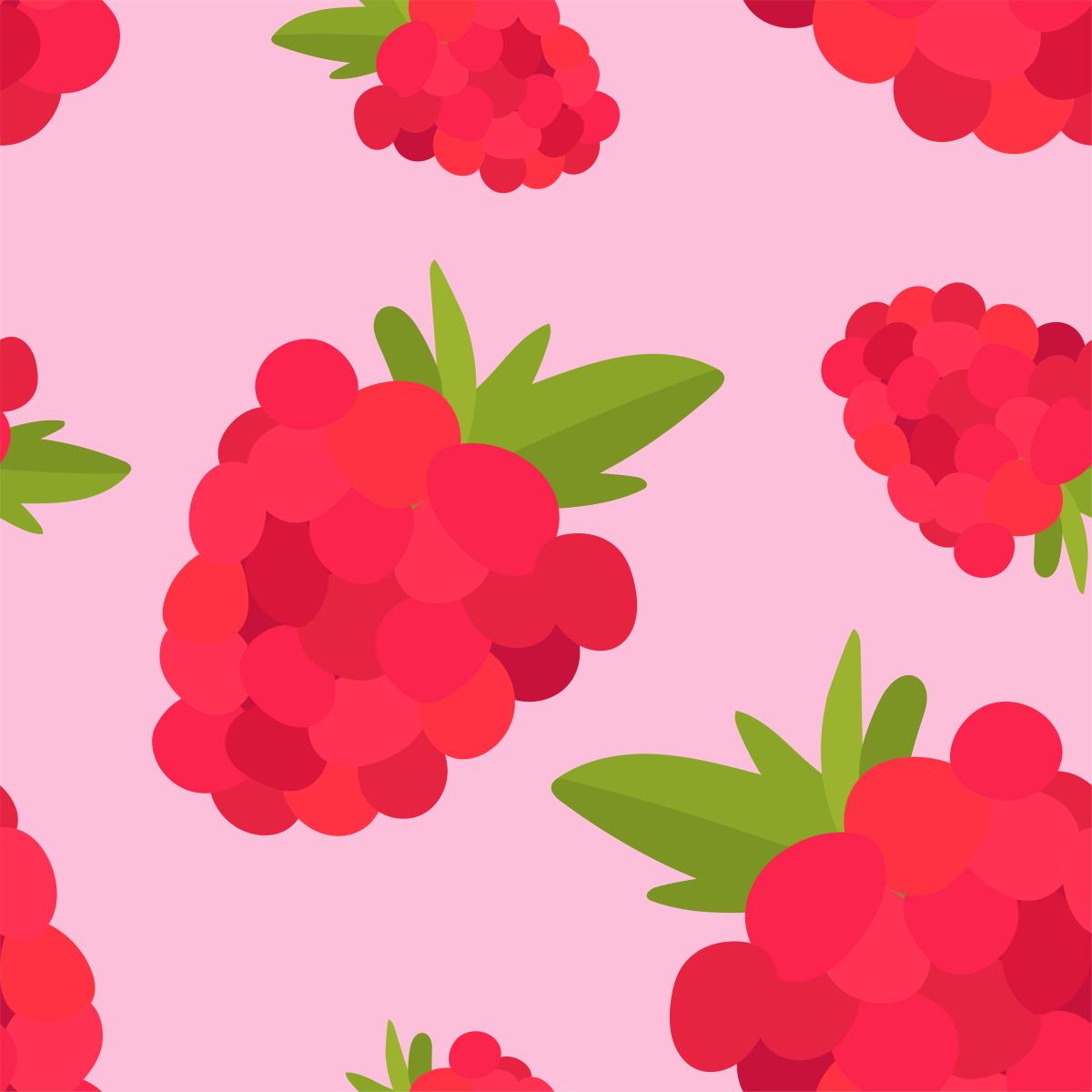| This content was developed in cooperation with Battistini Nurseries. If you want to put the advice in the article into practice and grow the giant American blueberry , visit the new Battistini Vivai Shop! |
Summary
GENERAL FEATURES
The giant American blueberry (Vaccinum corymbosum) is a deciduous perennial plant belonging to the Ericaceae family and has an erect shrub habit with shoots (suckers) growing from the base of the plant or from the collar.
THE ROOTS
The American giant blueberry has a shallow, expansive root system with two types of roots:
- the most robust, which the plant uses to accumulate reserve substances and anchor itself in the soil
- fine ones, useful for absorbing nutrients into the soil quickly.
Root growth activity begins when the soil temperature exceeds +6 °C, continues until fruiting and stops during ripening. However, having a shallow root system, it is a drought-sensitive plant.
FLOWERS AND BUDS
The differentiation of the flower buds occurs the year before the year of development and proceeds from the distal to the proximal part of the branch; they give rise to a compact cluster, called a corymb, are white or pinkish in colour and are shaped like a small bell pointing downwards.

The scalarity of flowering is linked to the different vigour of the branches (the shorter ones begin flowering earlier) and, on the same branch, to the position (the flowers in the terminal portion of the branch open earlier than those in the central-basal part).
American giant blueberry plants are self-fertile, but benefit from cross-pollination.
The fruit set is high (80-100%), especially if sufficient pollinating entomofauna are present and if there are no violent temperature fluctuations or cold returns during flowering.
FRUITS
The fruits of blueberry giant American are bright blue, globular berries, much larger than those of the European blueberry , with a slight pruinose coating that makes them lighter; the flesh is soft, greenish-white with a taste between sweet and sour, more or less intense.

It is excellent eaten fresh or processed (juices and jams)
From a nutritional point of view, blueberry provides 25 kcal per 100 g and is a treasure trove of vitamins, minerals and antioxidants. It contains various elements such as tannins, sugars, minerals (calcium, phosphorus, iron, sodium and potassium), flavonoids, vitamins A, C and group B, and bilberry, a pigment with strong antioxidant qualities and responsible for numerous properties attributed to this berry.
LAND
The giant American blueberry is an acidophilic species, which grows well in acidic soils with a pH reaction between 4 and 6, also very poor in nutrients, especially phosphorus and potassium.
With pH values above 5.5-6 plant growth and production can be impaired, as absorption problems and deficiencies (especially ferric chlorosis) often occur, leading to rapid leaf yellowing.
The most suitable soils are those that are well drained, contain plenty of organic matter (>3-4%), are free of active limestone and sandy, and naturally have a low pH due to the low retention capacity of Ca, K and Mg cations.
Heavy, poorly drained areas where water stagnation is present should be avoided, as it promotes the accumulation of toxic metabolites and prevents oxygen supply to the rhizosphere (the portion of soil surrounding the plant roots) and respiration.
Before starting a cultivation of blueberry giant American it is a good idea toanalyse the pH of the soil in order to check the degree of acidity and, if necessary, to make corrections; one way of adjusting the acidity level is to amend the soil with acid peat.
This can be done both at the soil preparation stage and at the time of planting; peat can be substituted for mature manure at the time of planting.
CLIMATE
Not all plant organs show the same degree of resistance to cold. Woody tissues tolerate greater temperature drops than buds, while in colder climates the roots can be damaged if not adequately protected by mulching with peat or ground bark to mitigate temperatures.
Sebbene il fabbisogno di freddo vari da cultivar a cultivar, gli impianti di mirtillo gigante americano vanno effettuati dove sono assicurate 600-1000 ore/anno a T < 7°C per le cultivar ad alto fabbisogno in freddo (Northern Highbush) e 300-400 ore per i mirtilli a basso fabbisogno in freddo (Southern Highbush).
When vegetative activity resumes, the plants are already damaged by temperatures as low as 2°C and the crucial periods are flowering and fruit set.
With regard to high temperatures, cultivation is possible with values up to 32-38°C; above that the leaves dry out because the roots are unable to absorb water to maintain cell turgidity.

The best yields are obtained in climates with warm, sunny summers provided adequate irrigation is ensured.
PLANTING AND INITIAL FERTILISATION
The most favourable time for planting the American giant blueberry is early spring.
Mineral fertilisers should be administered at planting: phosphorus (30-40 units/Ha) and potassium (100 units/Ha) in the form of physiologically acid fertilisers such as mineral superphosphate and potassium sulphate. It is also necessary to intervene with 0.2 t/hectare of ammonium sulphate, distributed in three rounds starting in mid-March and not later than mid-June. The supply of organic matter, consisting of acid peat, wood shavings, sawdust, ground conifer bark, pine needles, must be abundant.
Especially where the soils do not have suitable pedological characteristics, the plants can be grown above ground. Good results are obtained by growing blueberries in 80-100 litre pots, in a substrate consisting of acid peat and perlite, peat and sawdust, peat and conifer wood chips. It is then necessary to provide adequate fertilisation with a ternary (Nitrogen, Phosphorous and Potassium) and to set up a drip fertigation system.

MAINTENANCE FERTILISATION
Also in the years following planting it is good to administer organic matter along the row and subsequently buried (20 l/plant), to maintain the pH at optimum acidity values pelleted sulphur can be applied. Mineral fertilisation with P and K should be carried out in autumn and winter with increasing quantities up to 0.3 t/Ha of mineral superphosphate and 0.2 t/Ha of potassium sulphate.
Nitrogen, similarly at the time of planting, should be given in small doses, as large doses would cause burns at the root level.
SIXTH OF PLANTING
The optimal planting pattern is 2-2.5 m between rows by 1.5-2 m on the row, depending on the vigour of the variety. Investments are therefore 200-300 plants per 1000 m2 of cultivation.

To promote water drainage and reduce the risk of root rot, it is best to grow blueberries on ballasted soil.
IRRIGATION
Water requirements vary depending on the type of soil, the age of the bushes and the stage considered, but good results are generally obtained with distributions of 10-15 l per day per plant, from fruit swelling to harvest.
Micro-irrigation (drip, micro-jet, spray) is the preferred system because it achieves excellent results with small volumes of water and because evaporation losses are minimised.
SOIL MANAGEMENT
Where water is not a limiting factor, permanent inter-row grassing is used, the mowing of which then provides organic matter, and under-row mulching with sawdust, pine needles and bark, which reduces water consumption and soil temperature fluctuations.
PRUNING
At planting, pruning should be kept to a minimum in order to encourage rapid vegetative growth and to shorten the low-yield period to 2-3 years. In the first and second year, the number of flower buds that may be present should be reduced in order to prevent too early fruiting from compromising the regular growth of the bushes.
In the following years, pruning tends to keep the plants vigorous and healthy, leaving 10-15 stems per bush and favouring air circulation within the foliage, thus increasing productivity. In the blueberry giant tree, in fact, the wood buds are distinct from the flower buds and the fruit-bearing formations are the mixed branches and brindles; the best-sized berries are obtained from the mixed branches.
It is preferable to carry out operations in late winter because in this way the reserve substances processed in autumn are able to migrate and accumulate in the roots and frost-damaged branches can be highlighted and removed.
ADVERSITY
- Anthracnose: this fungus can cause wilting and rotting of the plant, even of the fruit, and often starts with the browning of the end of shoots and bunches. The fungus is favoured by the wet season and its spores overwinter in infected crop residues, so all diseased plants should be removed.
- Monilia: symptoms occur on budding buds, which begin to wilt and then blacken, and on the fruit, which remains pinkish in colour and then mummifies. It is useful to intervene with a cupric product, especially after a rainy period.
- Botrytis: this fungus causes browning and wilting of the shoots, while on the fruit it manifests itself with the typical greyish mould. Here, too, it is important to take preventive action with copper-based products.
- Drosophyla suzukii: damage is caused by the larvae that hatch directly inside the fruit after oviposition of the adults, which feed on the pulp, causing it to disintegrate. Defence against this insect starts with trapping using food traps.
- Asian longhorn beetle: the damage is at fruit level with discolouration, deformation and necrosis. In addition to pyrethrum-based treatments, the use of insect nets is very effective.
This content has been developed with the technical support of:

All rights reserved











